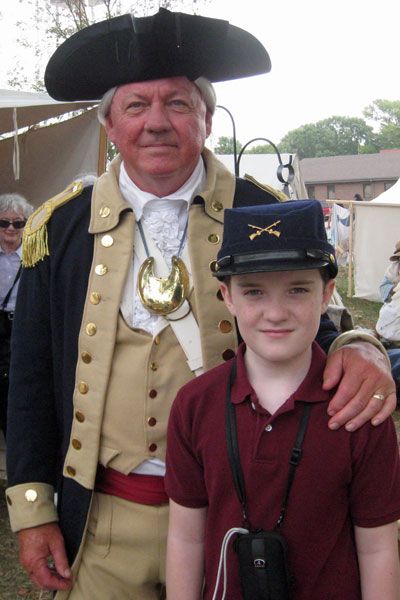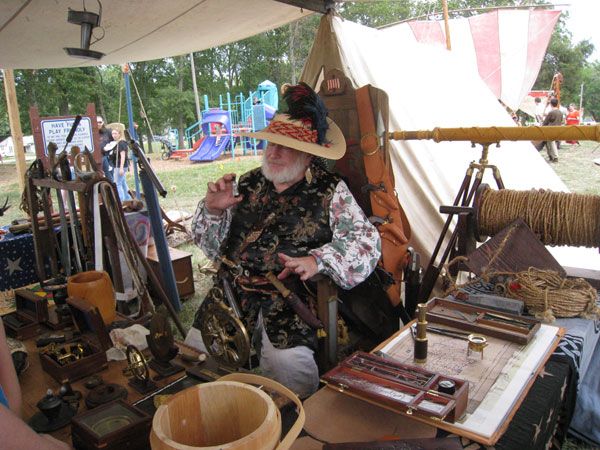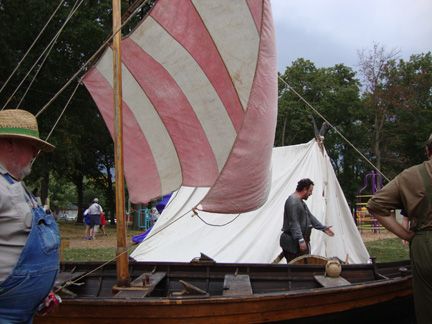 City parks are mostly level open
ground. There were lots of trails in the county park, but we had to be very
cautious of tree roots and rocks in our path. Both Schnickelfritz and I tripped
and fell once.
City parks are mostly level open
ground. There were lots of trails in the county park, but we had to be very
cautious of tree roots and rocks in our path. Both Schnickelfritz and I tripped
and fell once. The scale for the city park map was
1:3750, for the county park it was 1:15,000. So if the distance between two
objects looked the same on both maps it was nearly 5 times further to actually
walk to it in the county park. This frustrated us more than once…we would
travel down a path and were sure we’d come far enough to find the control but
had never spotted it. Once we kept going but another time we turned back
because we were afraid we’d go too far off course if we proceeded.
The scale for the city park map was
1:3750, for the county park it was 1:15,000. So if the distance between two
objects looked the same on both maps it was nearly 5 times further to actually
walk to it in the county park. This frustrated us more than once…we would
travel down a path and were sure we’d come far enough to find the control but
had never spotted it. Once we kept going but another time we turned back
because we were afraid we’d go too far off course if we proceeded. The city park race was designed to be
family friendly – a white course for the most part, meaning controls are easily
spotted, the terrain doesn’t change too much vertically, and the distance is
short. This county park was rated green/red—the toughest we’ve done yet. We
were huffing up and down hills, the controls we often 1/4 to 1/2 mile apart, and
they were not located conveniently to any path. The orange and white windsock
did not show up well in the dark so are only hope was that our headlamps would
catch the 1/2 X 3 inch strip of reflective tape that had been attached – the
woodsy equivalent to a needle in a haystack.
The city park race was designed to be
family friendly – a white course for the most part, meaning controls are easily
spotted, the terrain doesn’t change too much vertically, and the distance is
short. This county park was rated green/red—the toughest we’ve done yet. We
were huffing up and down hills, the controls we often 1/4 to 1/2 mile apart, and
they were not located conveniently to any path. The orange and white windsock
did not show up well in the dark so are only hope was that our headlamps would
catch the 1/2 X 3 inch strip of reflective tape that had been attached – the
woodsy equivalent to a needle in a haystack. The city park race had a 45 minute
time limit. The county park race had two time limits: you could stop at either
90 minutes or 3 hours--that's double or quadruple the amount of time! Fritz and I did the 90 minute version. When he went to
bed that night at 9:30 he mentioned that some people were still out racing.
Whew!
The city park race had a 45 minute
time limit. The county park race had two time limits: you could stop at either
90 minutes or 3 hours--that's double or quadruple the amount of time! Fritz and I did the 90 minute version. When he went to
bed that night at 9:30 he mentioned that some people were still out racing.
Whew!I have to say I was a little intimidated to start this race. For the first time we had a pre-race safety check and we wouldn’t be allowed to compete if we weren’t carrying: reflective gear for everyone, a headlamp for everyone, a whistle per group, a compass per group, and a cell phone per group. And then to hear it was a red course … I just wasn’t sure we could make it. Fritz was the youngest competitor by several years, but I wasn’t the oldest.
We started with a cluster of ROTC students – is that college or high school because they looked very young to me. The first control was on a hillside between a trail and the main road. There must have been 15 of us scouring that hill and we couldn’t find anything. Of course time is of the essence so groups began to abandon the search and move onto the next control. According to the map two trails would cross our current one and we were to take the second trail (there were named markers in real life but the maps don’t have trail names). This was the control we gave up on and turned back because I was afraid we’d gone too far. Once we reached the main trail again we headed toward the third marker we thought we could reach. We kept going and going and going. At one point I actually told Fritz we should just quit and ask for our entrance fee back, but he was having fun in spite of our lack of success. That’s when we spotted the glint of reflective tape.
Once Fritz had stuck his e-punch in the scoring device I figured we we committed to continue. We doubled back and actually found the first control that the large group had missed earlier. We would alternate between jogging and brisk walking till we caught our breath again. We’d look at the map and set a goal for how far we could jog before stopping. Once before we picked up our pace Fritz insisted on doing a “systems check” à la Hank the Cowdog. If I wasn’t so out of breath, I’d have used some air to giggle as he self-diagnosed…”leg thrusters – 75%, arm pistons-- 71%” and so on.
In the end we had only found 5 controls, but it was good enough for Second place in the 90 minute limit. On group of ROTC kids had gotten lost, one group had one less control than us. Only a young woman working alone did better. Better than second place, I think we boosted our confidence that we wouldn’t get lost in the woods.
Don't miss a thing! Subscribe to Ozark Ramblings and get my posts in your inbox.
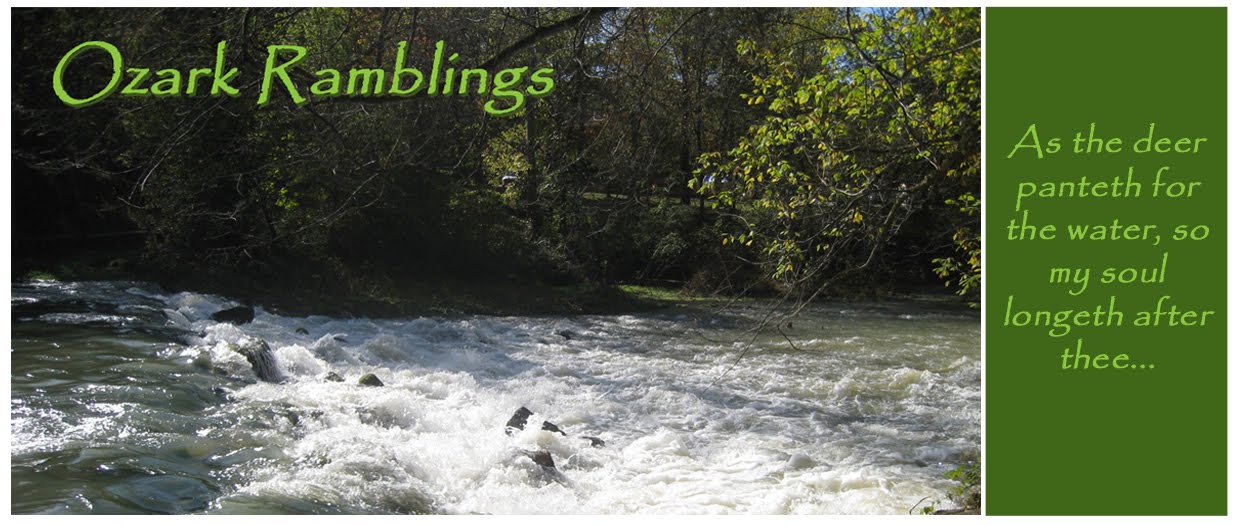

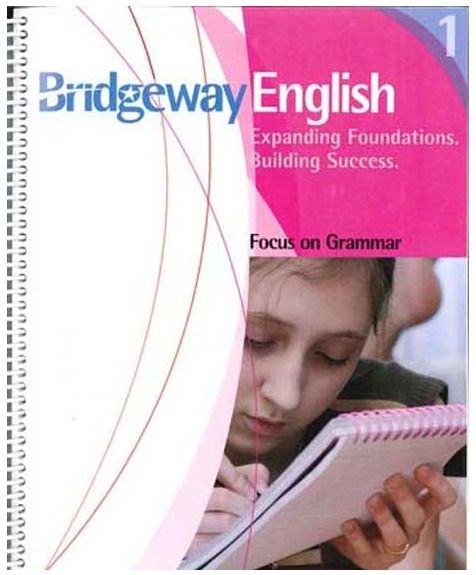


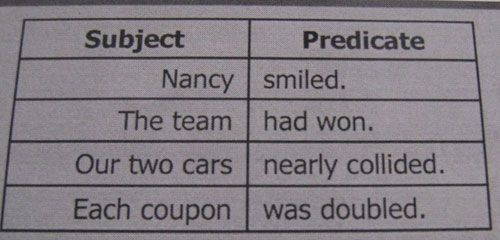




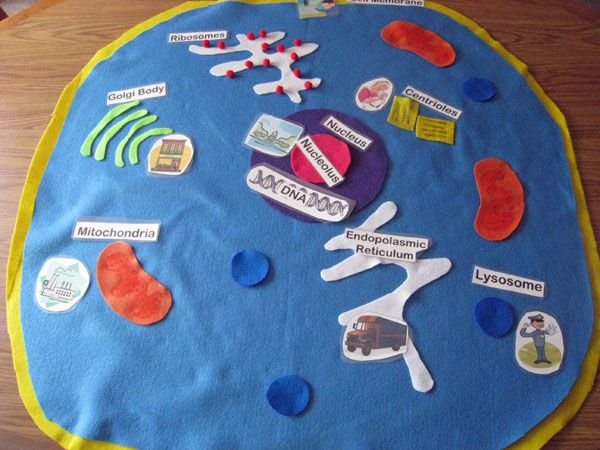

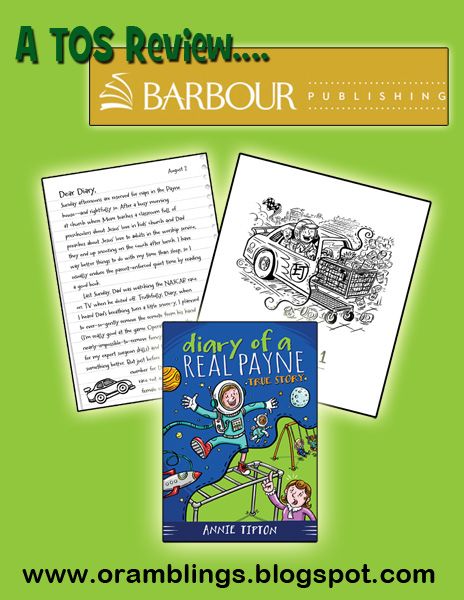

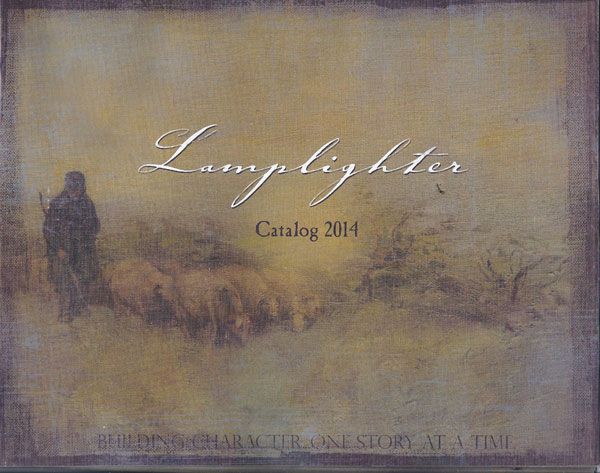
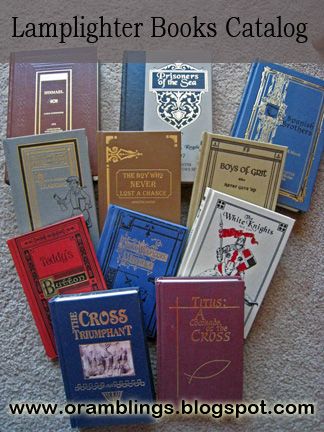


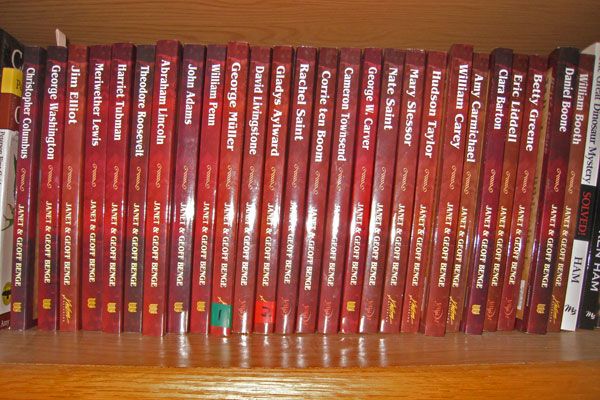
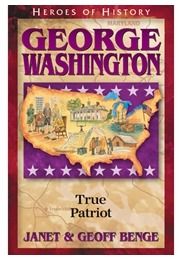

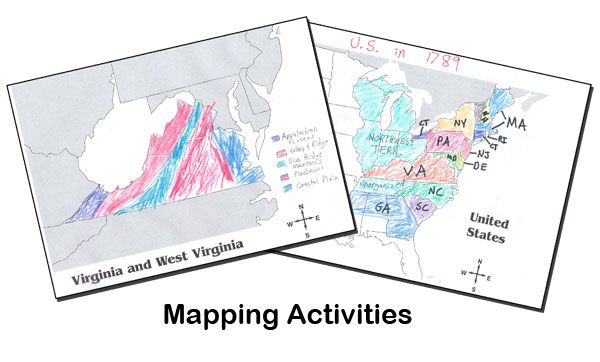
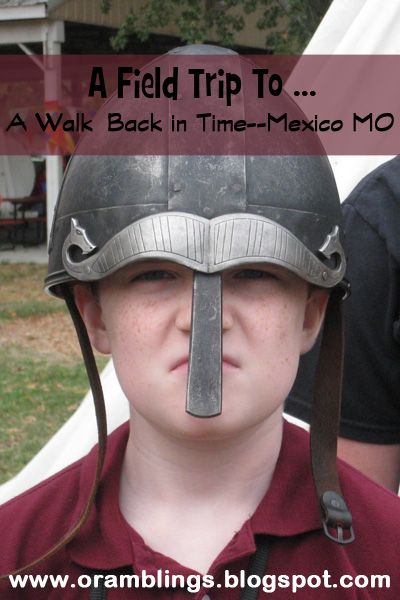 For the second year in a row we piled in the car and headed for Mexico – the city in Missouri, not the country, but our trip was really going to be about spanning time, not distance.
For the second year in a row we piled in the car and headed for Mexico – the city in Missouri, not the country, but our trip was really going to be about spanning time, not distance. 